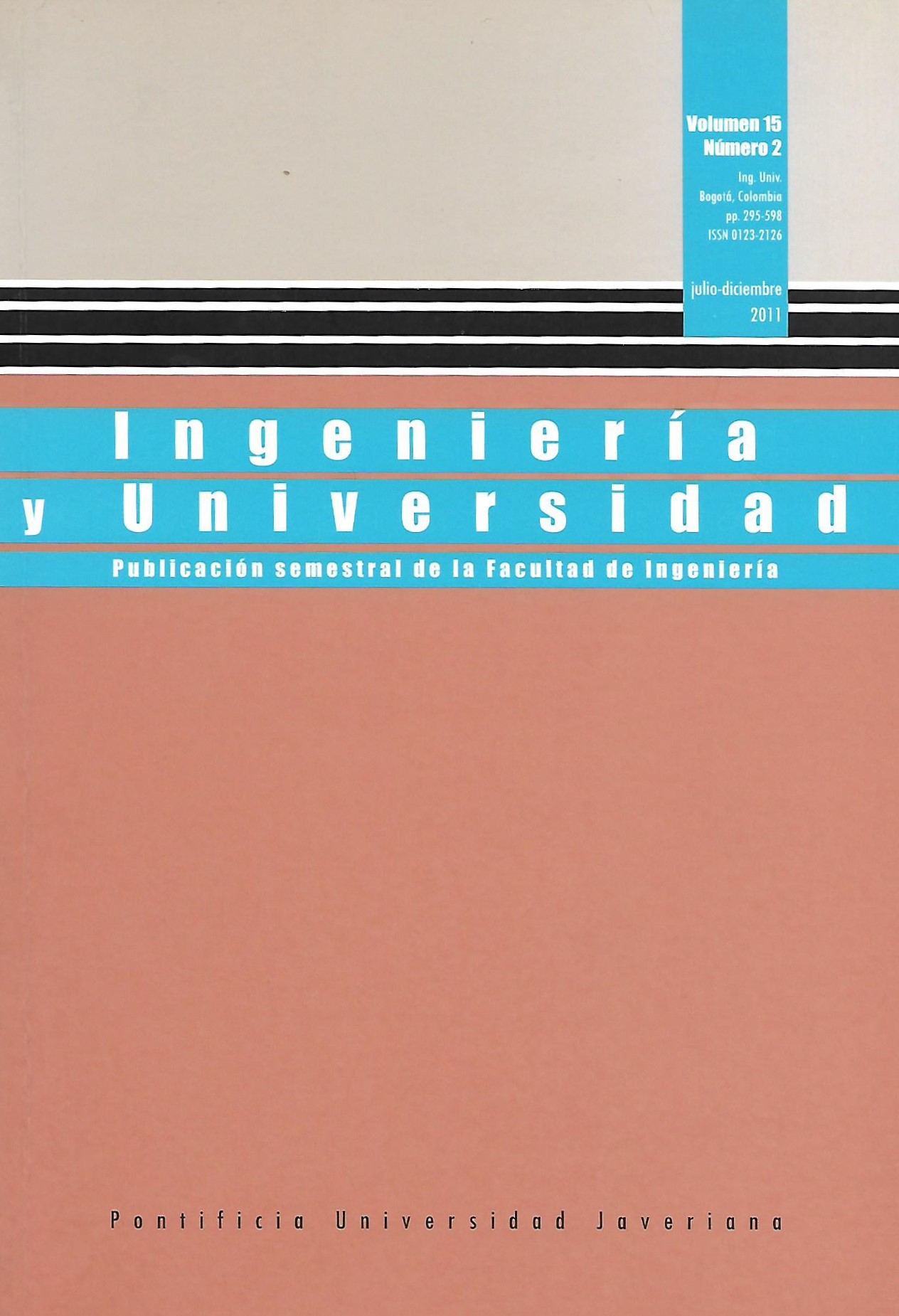Abstract
In developing countries, constructed wetlands are attractive systems with low operational and maintenance costs in terms of wastewater treatment. However, by reducing the pollution load of wastewater they might contribute to produce some greenhouse gases such as methane, carbon dioxide and nitrous oxide. This research compared two ornamental species and assessed the emissions of these gases through the use of static cameras in three full-scale constructed wetlands of which two were planted: one with Heliconia psittacorum, one with Phragmites australis, and the third one, which was not planted, was the control wetland. Each one of them received a hydraulic load of 3.5 m3d-1, which is equivalent to a nominal hydraulic retention time of 1.8 days. In addition, physicochemical characterizations were performed. Efficiency was between 66.2% and 87.8% for COD; on average, the temperature was between 29 and 31 °C, and the pH was between 6.3 and 7, in both planted andunplanted systems. Additionally, no significant differences in the vegetation studied were found. We conclude that the ornamental species used do not affect the emission of greenhouse gases in the systems analyzed.
GUTIÉRREZ, C. F. Respuesta fisiológica de macrofitas emergentes y suralación con la eficiencia en el tratamiento de aguas residuales domésticas en humedales construidos. Cali: Universidad del Valle, 2009.
HUANG, J.; WANG, S.; YAN, L. y ZHONG, Q. Plant photosynthesis and its influence on removal efficiencies in constructed wetlands. Ecological Engineering. 2010, vol. 36, núm. 8, pp. 1037-1043.
INAMORI, R.; GUI, P.; DASS, P.; MATSUMURA, M.; XU, K. Q.; KONDO, T.; EBIE, Y. y INAMORI, Y. Investigating CH4 and N2O emissions from eco-engineering wastewater treatment processes using constructed wetland microcosms. Process Biochemistry. 2007, vol. 42, pp. 363-373.
KARKI, K. B. Greenhouse gases, global warming and glacier ice melt in Nepal. Journal of Agriculture and Environment. 2007, vol. 8, p. 1.
KEDDY, P. A. Westland ecology. Principles and conservation. Cambridge: Cambridge University Press, 2010.
MALTAIS-LANDRY, G.; MARANGER, R. y BRISSON, J. Effect of artificial aeration and macrophyte species on nitrogen cycling and gas flux in constructed wetlands. Ecological Engineering. 2009, vol. 35, pp. 221-229.
MALTAIS-LANDRY, G.; MARANGER, R.; BRISSON, J. y CHAZARENC, F. Greenhouse gas production and efficiency of planted and artificially aerated constructed wetlands. Environmental Pollution. 2009, vol. 157, pp. 748-754.
METCALF Y EDDY, G. T.; BURTON, F. L. y STENSEL, D. Wastewater engineering treatment. 4 ed. New York: McGraw Hill, 2003.
PICEK, T.; COZKOVO, H. y DUSEK, J. Greenhouse gas emissions from a constructed wetland- Plants as important sources of carbon. Ecological Engineering. 2007, vol. 31, pp. 98-106.
PRÉNDEZ, M. y LARA-GONZÁLEZ, S. Application of strategies for sanitation management in wastewater treatment plants in order to control/reduce greenhouse gas emissions. Journal of Environmental Management. 2008, vol. 88, pp. 658-664.
TEITER, S. y MANDER, L. Emission of N2O, N2, CH4, and CO2 from constructed wetlands for wastewater treatment and from riparian buffer zones. Ecological Engineering. 2005, vol. 25, pp. 528-541.
VYMAZAL, J. The use constructed wetlands with horizontal sub-surface flow for various types of wastewater. Ecological Engineering. 2009, vol. 35, pp. 1-17.
WANG, Y.; INAMORI, R.; KONG, H.; XU, K.; INAMORI, Y.; KONDO, T. y ZHANG, J. Influence of plant species and wastewater strength on constructed wetland methane emissions and associated microbial populations. Ecological Engineering. 2008a, vol. 32, pp. 22-29.
WANG, Y.; INAMORI, R.; KONG, H.; XU, K.; INAMORI, Y.; KONDO, T. y ZHANG, J. Nitrous oxide emission from polyculture constructed wetlands: Effect of plant species. Environmental Pollution. 2008b, vol. 152, pp. 351-360.
WU, J.; ZHANG, J.; JIA, W.; XIE, H.; GU, R. R.; LI, C. y GAO, B. Impact of COD/N ratio on nitrous oxide emission from microcosm wetlands and their performance in removing nitrogen from wastewater. Bioresource Technology. 2009, vol. 100, pp. 2910-2917.
This journal is registered under a Creative Commons Attribution 4.0 International Public License. Thus, this work may be reproduced, distributed, and publicly shared in digital format, as long as the names of the authors and Pontificia Universidad Javeriana are acknowledged. Others are allowed to quote, adapt, transform, auto-archive, republish, and create based on this material, for any purpose (even commercial ones), provided the authorship is duly acknowledged, a link to the original work is provided, and it is specified if changes have been made. Pontificia Universidad Javeriana does not hold the rights of published works and the authors are solely responsible for the contents of their works; they keep the moral, intellectual, privacy, and publicity rights.
Approving the intervention of the work (review, copy-editing, translation, layout) and the following outreach, are granted through an use license and not through an assignment of rights. This means the journal and Pontificia Universidad Javeriana cannot be held responsible for any ethical malpractice by the authors. As a consequence of the protection granted by the use license, the journal is not required to publish recantations or modify information already published, unless the errata stems from the editorial management process. Publishing contents in this journal does not generate royalties for contributors.


